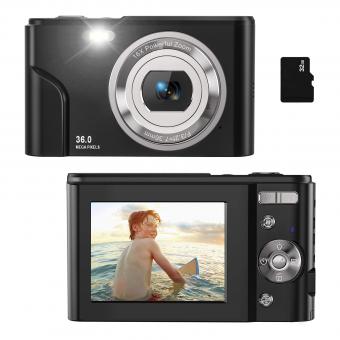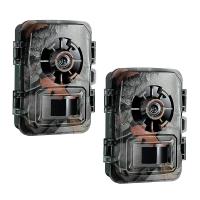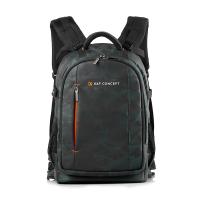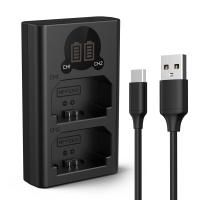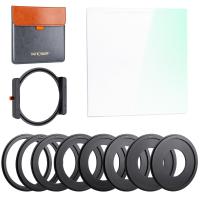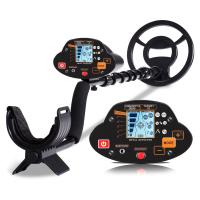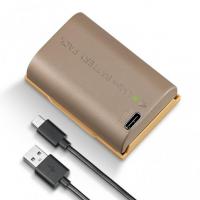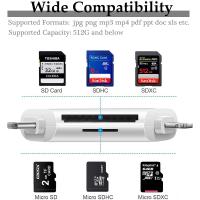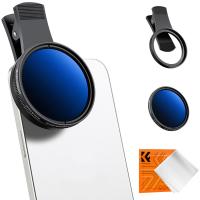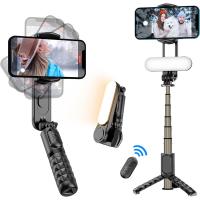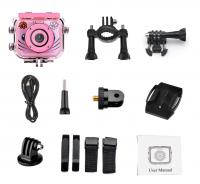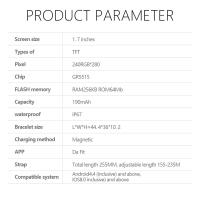What Mount For Digital Slr?
When it comes to photography, especially for those who use Digital Single Lens Reflex (DSLR) cameras, the choice of lens mount is pivotal. The mount connects the camera body to the lens, forming the backbone of your photography toolkit. For Nikon DSLR users, understanding which mount is appropriate can enhance their shooting experience, expand their creative possibilities, and even impact the quality of their output. This guide will delve into the various types of mounts available for Nikon DSLR cameras and provide insight into choosing the best option tailored to your needs.
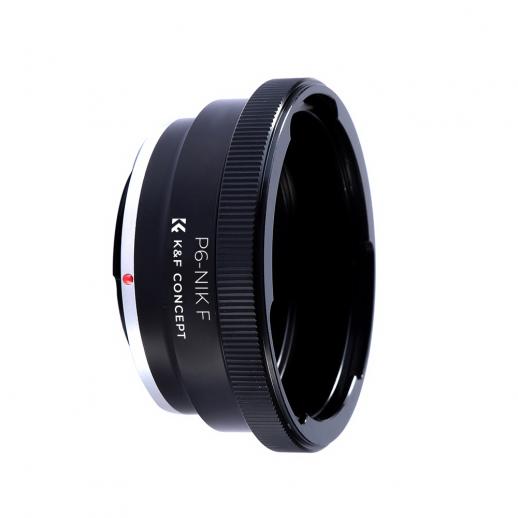
Understanding Nikon Mount Types
Nikon has developed several mounts over the years, each catering to different camera models and photographic requirements. The primary mounts for Nikon DSLRs are the F-mount and the Z-mount. Let’s explore their features, compatibility, and which scenarios they best serve.
1. Nikon F-Mount
Overview:
The Nikon F-mount, introduced in 1959, has been a stalwart in the photography world. It’s a bayonet-type mount with a large diameter of 44mm, which provides robust and secure attachment of lenses to cameras.
Compatibility:
- Applicable primarily to Nikon’s DSLR range.
- Backward compatibility with most Nikon lenses manufactured since 1959, including manual focus and autofocus lenses.
- Commonly found in Nikon’s D-series DSLR cameras such as the D850, D7500, and D5600.
Benefits:
- Extensive lens choice: Due to its long history, a vast array of F-mount lenses is available, catering to various photography styles.
- Accessibility: Often more affordable, especially when buying used lenses.
- Reliability: Proven over decades, the F-mount system is robust and trusted by professionals.
Considerations:
- Weight: Some F-mount lenses, especially older ones, can be significantly heavier.
- Adaptability: While adaptable to newer camera systems, it sometimes requires additional adapters.
2. Nikon Z-Mount
Overview:
Launched in 2018, the Nikon Z-mount is designed for Nikon’s mirrorless camera lineup. It features a larger 55mm diameter and shorter flange distance of 16mm, allowing for more light to hit the sensor and potentially sharper images.
Compatibility:
- Designed specifically for Nikon’s Z-series mirrorless cameras like the Z6, Z7, and the latest Z9.
- Compatible with new Z-mount lenses, and older F-mount lenses via the FTZ (F to Z) adapter.
Benefits:
- Image quality: Improved optical design supports sharper and more detailed images.
- Performance: Allows for faster and more accurate autofocus.
- Innovation: Offers features like vibration reduction (VR) and aperture control directly from the lens.
Considerations:
- Cost: Z-mount lenses are relatively more expensive than F-mount lenses.
- Availability: The lens range is expanding but is currently smaller compared to F-mount lenses.
Determining Your Mount Choice
Deciding on the appropriate mount for your Nikon DSLR involves assessing your photography needs, existing equipment, and long-term goals. Here are some key factors to consider:
1. Existing Lenses
If you already own a collection of F-mount lenses, it might be more economical and practical to continue investing in F-mount compatible DSLRs. Conversely, if you’re new to the Nikon ecosystem or looking to upgrade, the Z-mount system could offer more future-proofing due to its modern design and features.
2. Photography Style
Different mounts and lenses cater to specific photography niches:
- Landscape and Nature Photography: The F-mount’s extensive range makes it ideal for diverse landscapes. The Z-mount, with its superior optics, can enhance image quality.
- Portrait and Studio Work: Z-mount lenses generally offer better bokeh and sharper images, suitable for professional portraits.
- Sports and Action: The fast and accurate autofocus of Z-mount lenses enhances action photography, though many professional sports photographers still rely on the tried-and-tested F-mount lenses for their range and durability.
3. Budget
The cost can be a significant determining factor:
- Initial Investment: F-mount lenses offer a budget-friendly entry, especially with a rich second-hand market.
- Long-term Costs: Investing in Z-mount lenses might be higher initially but can pay off with superior quality and future compatibility.
Adapting Between Mounts
Transitioning from an F-mount to a Z-mount system without compromising on your existing lens collection is feasible with the Nikon FTZ adapter. Here are some points to consider regarding the adapter:
- Ease of Use: The FTZ adapter is easy to attach and use, causing minimal delay in transitioning between mounts.
- Performance: While it allows full functionality of autofocus and aperture control with most lenses, some older lenses may not support the full array of features.
- Cost: The adapter adds to the budget but is more cost-effective than replacing your entire lens collection.
Future Trends
As mirrorless systems grow in popularity, Nikon’s Z-mount is expected to see continuous development. Innovations in lens design, enhanced performance features, and expanding compatibility will make the Z-mount an appealing choice for future photographers.
However, the F-mount remains a venerable choice due to its extensive legacy, availability, and proven reliability. Nikon’s commitment to maintaining support for F-mount systems indicates that they remain a viable option for DSLR enthusiasts.
Choosing the right mount for your Nikon DSLR involves considering your current equipment, photographic needs, and future aspirations. Whether you opt for the traditional and extensive F-mount system or the cutting-edge and innovative Z-mount, Nikon offers a plethora of options to suit various photographic endeavors.
By evaluating your needs and understanding the strengths and limitations of each mount system, you can make an informed decision that will enhance your photography experience and ensure you are well-equipped to capture your envisioned moments. Investing time in understanding these mounts will not only expand your technical skills but also provide a deeper appreciation for the art and science of photography.

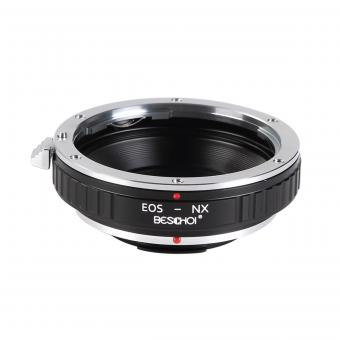
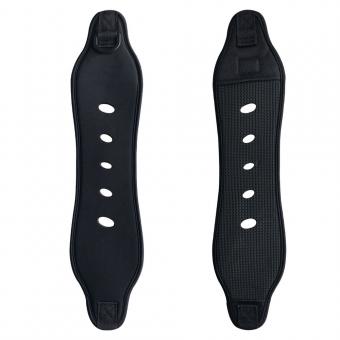
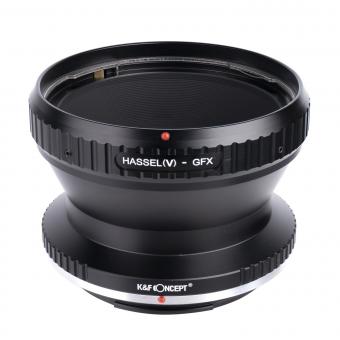
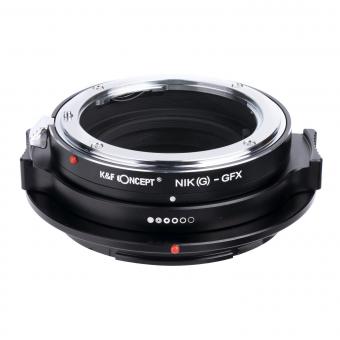


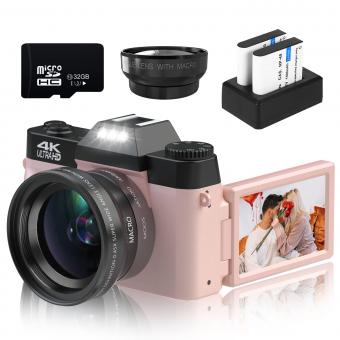

![4K Digital Camera for Photography & Video [Autofocus and Stabilisation] 48MP 16X Digital Zoom 3” 180° Flip Screen Vlog Camera with 32G SD Card, Flash 4K Digital Camera for Photography & Video [Autofocus and Stabilisation] 48MP 16X Digital Zoom 3” 180° Flip Screen Vlog Camera with 32G SD Card, Flash](https://img.kentfaith.com/cache/catalog/products/us/GW41.0065/GW41.0065-1-340x340.jpg)
